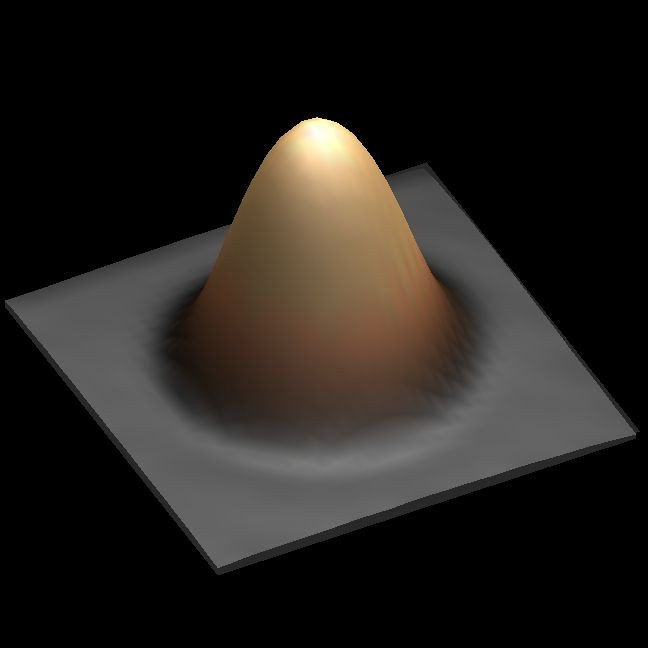Atomic Hard Drive: IBM Researchers Store Single Bit Of Data On World's Smallest Magnet — One Atom Of Holmium

There’s only so much data that can be stored on silicon-based integrated circuits (as predicted by the so-called “Moore’s law”). That is why, computer scientists have — especially over the past decade — been experimenting with viable alternatives such as synthetic-DNA based systems and quantum computers.
Now, in another huge step toward making these storage media smaller, researchers at IBM announced Wednesday that they had managed to store a single bit of data — a 1 or a 0 — on one atom. Compare this to the hard drives currently in use, which require up to 100,000 atoms to store an equivalent amount of data.
Read: World’s First Artificial Neuron: IBM’s Breakthrough Uses Phase-Change Material
“The ability to read and write one bit on one atom creates new possibilities for developing significantly smaller and denser storage devices, that could someday, for example, enable storing the entire iTunes library of 35 million songs on a device the size of a credit card,” IBM said in a press release.
In order to achieve this breakthrough, described in a study published in the latest edition of the journal Nature, the researchers first had to create the world’s smallest magnet — one that consists of a single atom of the rare-earth mineral Holmium. This was done using a scanning tunneling microscope, which uses liquid helium to cool the atoms to such low temperatures that the atoms' magnetic orientations remain stable long enough to be written and read reliably.
Given that all magnets have two poles, their orientation can be used to determine whether an atom is a 0 or a 1. Moreover, this orientation can even be flipped around using an electric current to represent a different value.
“Magnetic bits lie at the heart of hard-disk drives, tape and next-generation magnetic memory,” Christopher Lutz, lead nanoscience researcher at IBM Research in Almaden, San Jose, California, said in the statement. “We conducted this research to understand what happens when you shrink technology down to the most fundamental extreme — the atomic scale.”
Read: IBM Brings Quantum Computing To Everyone With Cloud Service
Although atomic-scale storage devices are still decades away from being commercially viable, the research demonstrates that reading and writing information on an atom is theoretically possible — the first step toward the creation of storage devices not circumscribed by Moore’s law.
“Future applications of nanostructures built with control over the position of every atom could allow people and businesses to store 1,000 times more information in the same space, someday making data centers, computers and personal devices radically smaller and more powerful,” IBM said in the statement.
© Copyright IBTimes 2024. All rights reserved.






















